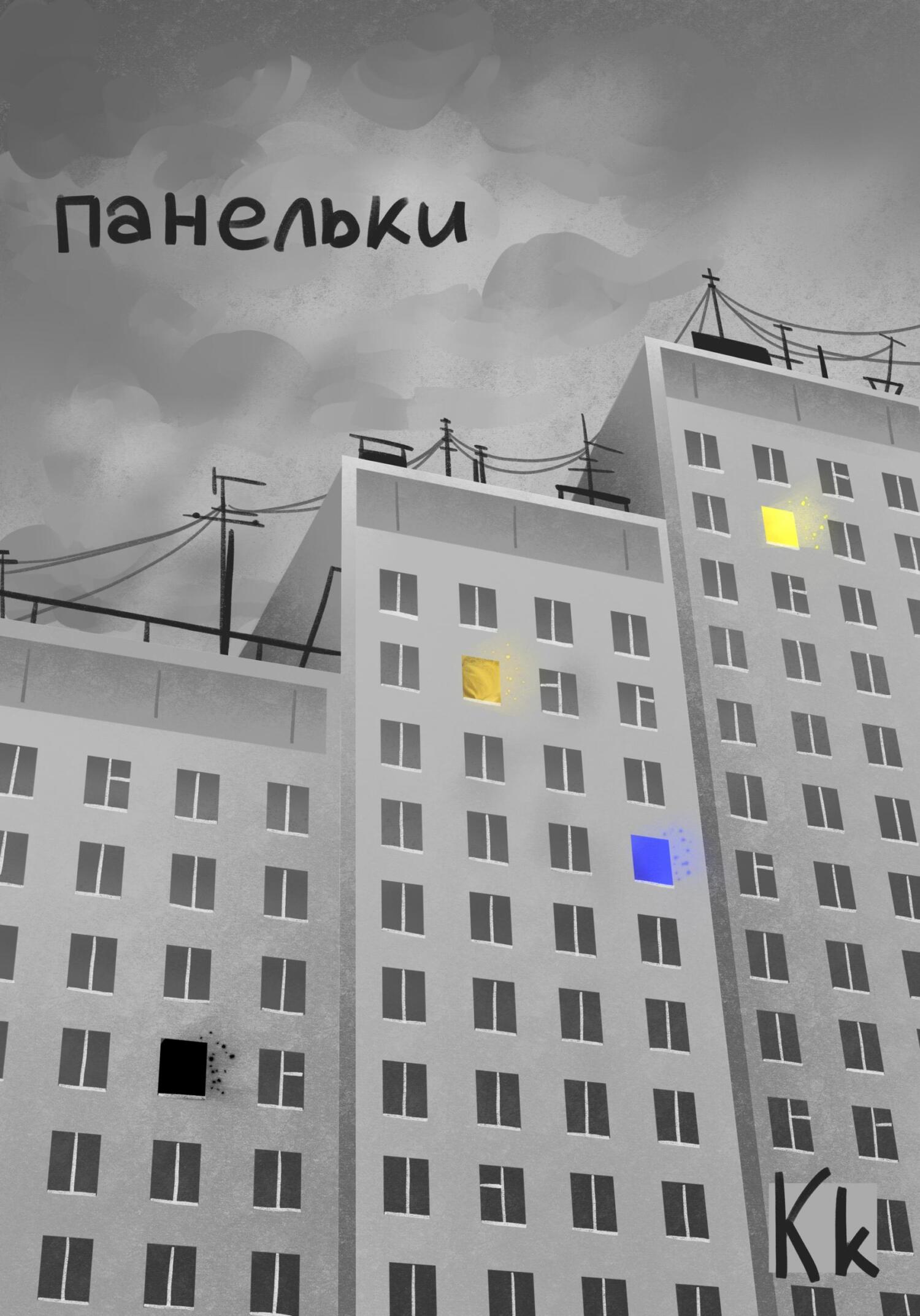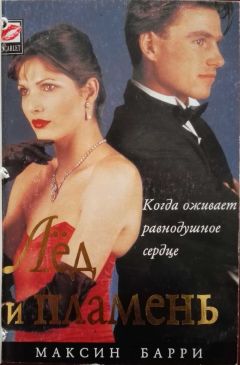Valvo, Sight Restoration After Long-Term Blindness, 39.
60
Y. Ostrovsky et al., “Visual Parsing After Recovery from Blindness,” Psychological Science 20 (2009): 1484–1491; P. Sinha, “Once Blind and Now They See,” Scientific American 309 (2013): 48–55; R. Sikl et al., “Vision After 53 Years of Blindness,” i-Perception 4 (2013): 498–507.
61
Gregory and Wallace, Recovery from Early Blindness; Sikl et al., “Vision After 53 Years of Blindness.”
62
Valvo, Sight Restoration After Long-Term Blindness; T. Gandhi et al., “Immediate Susceptibility to Visual Illusions After Sight Onset,” Current Biology 25: (2015): R345–R361.
63
Gregory and Wallace, Recovery from Early Blindness.
64
P. C. Quinn, P. D. Eimas, and M. J. Tarr, “Perceptual Categorization of Cat and Dog Silhouettes by 3-to 4-Month-Old Infants,” Journal of Experimental Child Psychology 79 (2001): 78–94.
65
J. Albers, Interaction of Color, rev. ed. (New Haven, CT: Yale University Press, 1975).
66
N. Daw, How Vision Works: The Physiological Mechanisms Behind What We See (New York: Oxford University Press, 2012).
67
D. H. Hubel and T. N. Wiesel, Brain and Visual Perception: The Story of a 25-Year Collaboration (Oxford: Oxford University Press, 2005).
68
C. D. Gilbert and W. Li, “Top-Down Influences on Visual Processing,” Nature Review Neuroscience 14 (2013): 350–363; W. Li, V. Piëch, and C. D. Gilbert, “Learning to Link Visual Contours,” Neuron 57 (2008): 442–451.
69
A. R. Luria, The Working Brain: An Introduction to Neuropsychology (New York: Basic Books, 1973).
70
Luria, The Working Brain; M. J. Farah, Visual Agnosia, 2nd ed. (Cambridge, MA: MIT Press, 2004).
71
E. Goldberg, Creativity: The Human Brain in the Age of Innovation (New York: Oxford University Press, 2018).
72
O. Sacks, The Man Who Mistook His Wife for a Hat and Other Clinical Tales (New York: Summit Books, 1985).
73
Daw, How Vision Works.
74
M. A. Goodale and A. D. Milner, “Separate Visual Pathways for Perception and Action,” Trends in Neuroscience 15 (1992): 20–25.
75
Daw, How Vision Works.
76
S. Hochstein and M. Ahissar, “View from the Top: Hierarchies and Reverse Hierarchies in the Visual System,” Neuron 36 (2002): 791–804.
77
M. E. Arterberry and P. J. Kellman, Development of Perception in Infancy: The Cradle of Knowledge Revisited (New York: Oxford University Press, 2016).
78
Hochstein and Ahissar, “View from the Top.”
79
S. Hochstein, “The Gist of Anne Triesman’s Revolution,” Attention, Perception & Psychophysics, September 16, 2019, https://doi.org/10.3758/s13414–019–01797–2.
80
J. L. Pind, Edgar Rubin and Psychology in Denmark: Figure and Ground (Cham, Switzerland: Springer International Publishing, 2014).
81
V. A. F. Lamme, “The Neurophysiology of Figure-Ground Segregation in Primary Visual Cortex,” Journal of Neuroscience 15 (1995): 1605–1615.
82
M. Wertheimer, “Laws of Organization in Perceptual Forms,” in A Source Book of Gestalt Psychology, ed. W. Ellis (London: Routledge & Kegan Paul, 1938), 71–88. Первая публикация: “Untersuchungen zur Lehre von der Gestalt II,” Psycologische Forschung 4 (1923): 301–350.
83
C. F. Altmann, H. H. Bülthoff, and Z. Kourtzi, “Perceptual Organization of Local Elements into Global Shapes in the Human Visual Cortex,” Current Biology 13 (2003): 342–349; R. E. Crist, W. Li, and C. D. Gilbert, “Learning to See: Experience and Attention in Primary Visual Cortex,” Nature Neuroscience 4 (2001): 515–525; F. T. Qui, T. Sugihara, and R. von der Heydt, “Figure-Ground Mechanisms Provide Structure for Selective Attention,” Nature Neuroscience 10 (2007): 1492–1499; F. T. Qui and R. von der Heydt, “Figure and Ground in the Visual Cortex: V2 Combines Stereoscopic Cues with Gestalt Rules,” Neuron 47 (2005): 155–166.
84
Goldberg, Creativity.
85
A. T. Morgan, L. S. Petro, and L. Muckli, “Scene Representations Conveyed by Cortical Feedback to Early Visual Cortex Can Be Described by Line Drawings,” Journal of Neuroscience 39 (2019): 9410–9423.
86
E. J. Gibson, “Perceptual Learning: Differentiation or Enrichment?” in An Odyssey in Learning and Perception (Cambridge, MA: MIT Press, 1991); E. J. Gibson and A. D. Pick, An Ecological Approach to Perceptual Learning and Development (New York: Oxford University Press, 2000); P. J. Kellman and P. Garrigan, “Perceptual Learning and Human Expertise,” Physics of Life Reviews 6 (2009): 53–84.
87
M. Sigman et al., “Top-Down Reorganization of Activity in the Visual Pathway After Learning a Shape Identification Task,” Neuron 46 (2005): 823–845.
88
A. W. Young, D. Hellawell, and D. C. Hay, “Configurational Information in Face Perception,” Perception 16 (1987): 747–759.
89
D. G. Pelli, “Close Encounters – an Artist Shows That Size Affects Shape,” Science 285 (1999): 844–846; P. Cavanagh and J. M. Kennedy, “Close Encounters: Details Veto Depth from Shadows,” Science 287 (2000): 2423–2425.
90
“Conversation: Chuck Close, Christopher Finch,” NewsHour, PBS, July 2, 2010, http://www.pbs.org/newshour/art/conversation-chuck-close-christopher-finch.
91
S. Hocken, Emma and I: The Beautiful Labrador Who Saved My Life (London: Ebury Press, 2011), 270.
92
R. L. Gregory and J. G. Wallace, Recovery from Early Blindness: A Case Study, Monograph No. 2 (Cambridge, UK: Experimental Psychology Society, 1963); R. Kurson, Crashing Through: A True Story of Risk, Adventure, and the Man Who Dared to See (New York: Random House, 2007); O. Sacks, “To See and Not See,” in An Anthropologist on Mars: Seven Paradoxical Tales (New York: Alfred A. Knopf, 1995); A. Valvo, Sight Restoration After Long-Term Blindness: The Problems and Behavior Patterns of Visual Rehabilitation (New York: American Federation for the Blind, 1971); M. Von Senden, Space and Sight: The Perception of Space and Shape in the Congenitally Blind Before and After Operation (Glencoe, IL: Free Press, 1960).





